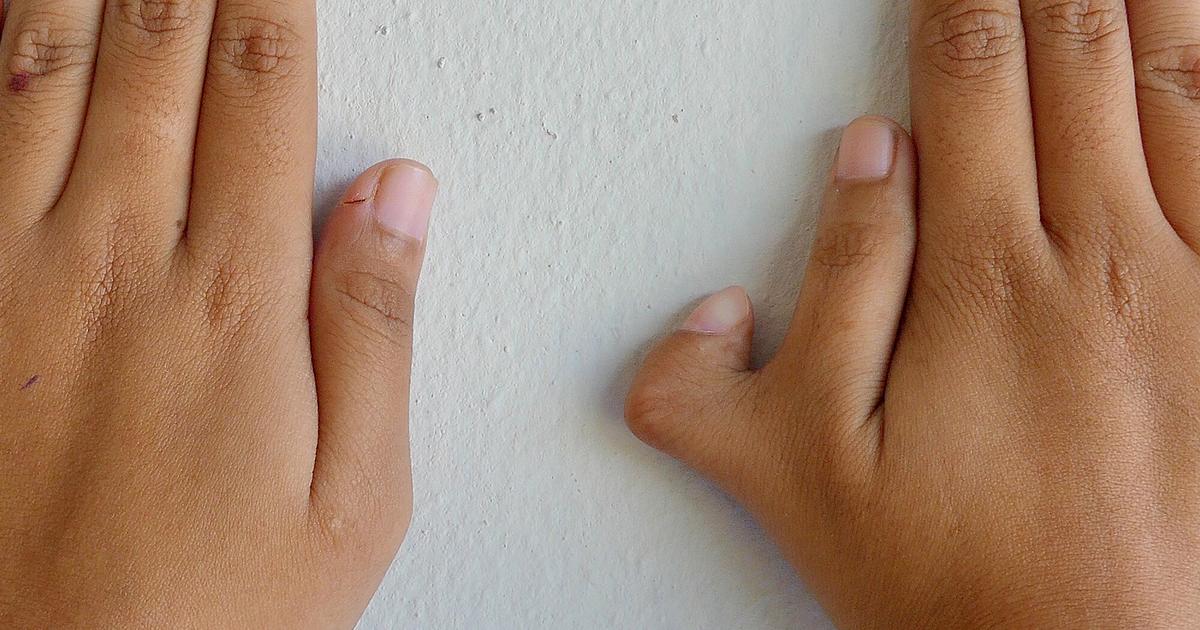10 Unmistakable Red Flags That Scream Carpenter Syndrome
Imagine a complex puzzle where key pieces just don't quite fit. For a rare few, this intricate reality is woven into their very DNA, leading to a condition known as Carpenter Syndrome. More than just a medical diagnosis, it's a unique developmental journey marked by the early fusion of skull bones, distinct differences in the fingers and toes, and other nuanced developmental challenges. While its roots lie in specific genetic mutations, recognizing its presence often begins with observable clues – the 'red flags' that signal something isn't aligning as expected. This article delves into 10 Unmistakable Red Flags that can scream Carpenter Syndrome. By understanding these critical indicators, from characteristic physical features to the underlying genetic markers, we aim to shed light on this disorder, emphasizing the importance of early identification for tailored support and intervention.
1. Skull Abnormalities

The hallmark sign of Carpenter syndrome is skull abnormalities present during infancy. A healthy individual has bones in their skull that do not fully fuse to one another until they are around two years old. The skull of an infant contains seven different bones not fused to each other because the brain needs space to be able to grow without the restrictions or limitations of a fully fused skull. However, Carpenter syndrome patients can experience the premature fusing of the skull's fibrous joints, a process referred to as craniosynostosis. As a result of craniosynostosis, the patient has a head that grows irregularly and causes the skull to appear pointed at the top. The abnormalities that occur in the skull of a Carpenter syndrome patient can cause long-term damage to brain tissues. Most severe cases of craniosynostosis are treated within the first six to twelve months of the patient's life. Because the skull continues to grow and change throughout an individual's childhood and adolescence, those affected by Carpenter syndrome may need to have numerous cranial surgeries as they age.
2. Abnormalities In The Fingers And Toes

A Carpenter syndrome patient may exhibit abnormalities in their fingers and toes, specifically abnormally short toes or fingers, a condition often referred to as brachydactyly. This malformation of the digits is caused by the absence of the middle phalanges or the middle bones in the fingers and toes. Some of the patient's fingers and toes may have soft tissues that partially or fully fuse the digits to each other or what is referred to as cutaneous syndactyly. In some cases, a Carpenter syndrome patient will be born with one or more extra toes or supernumerary toes. Additionally, a patient can be born with extra fingers, which is known as polydactyly. Other abnormalities in the fingers and toes that occur in Carpenter syndrome include pamprodactyly, the abnormal flexion of the fingers and clinodactyly, the abnormal deviation of the fingers.
